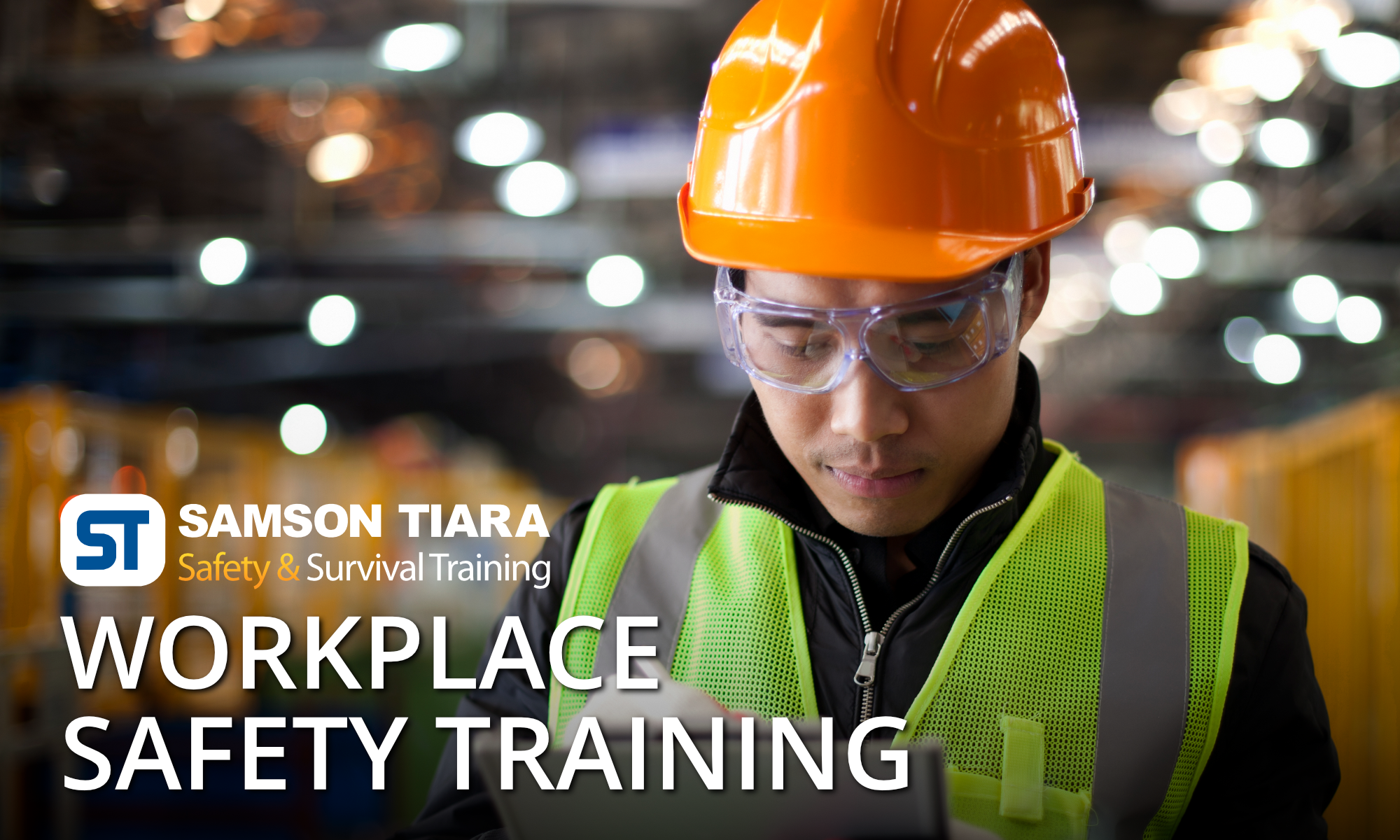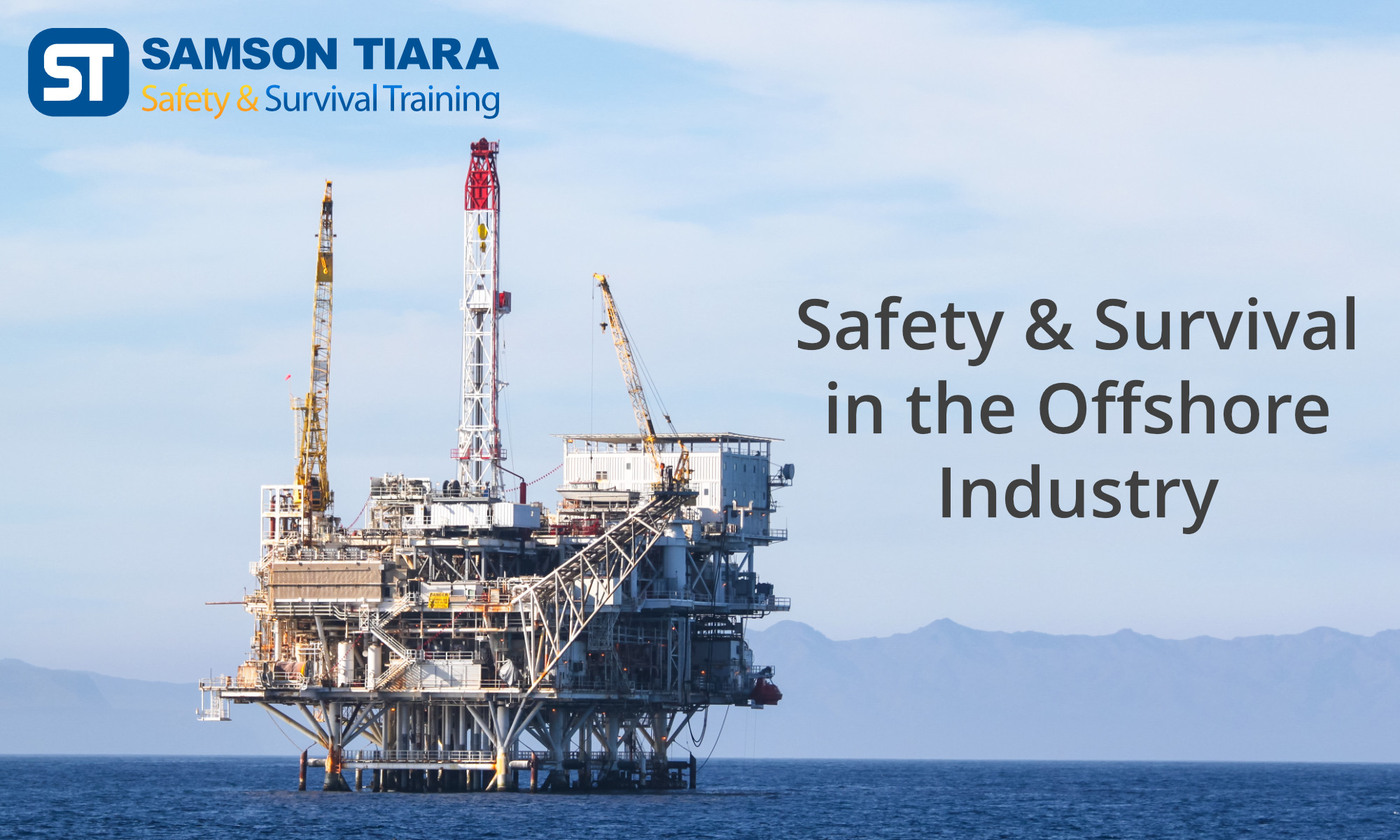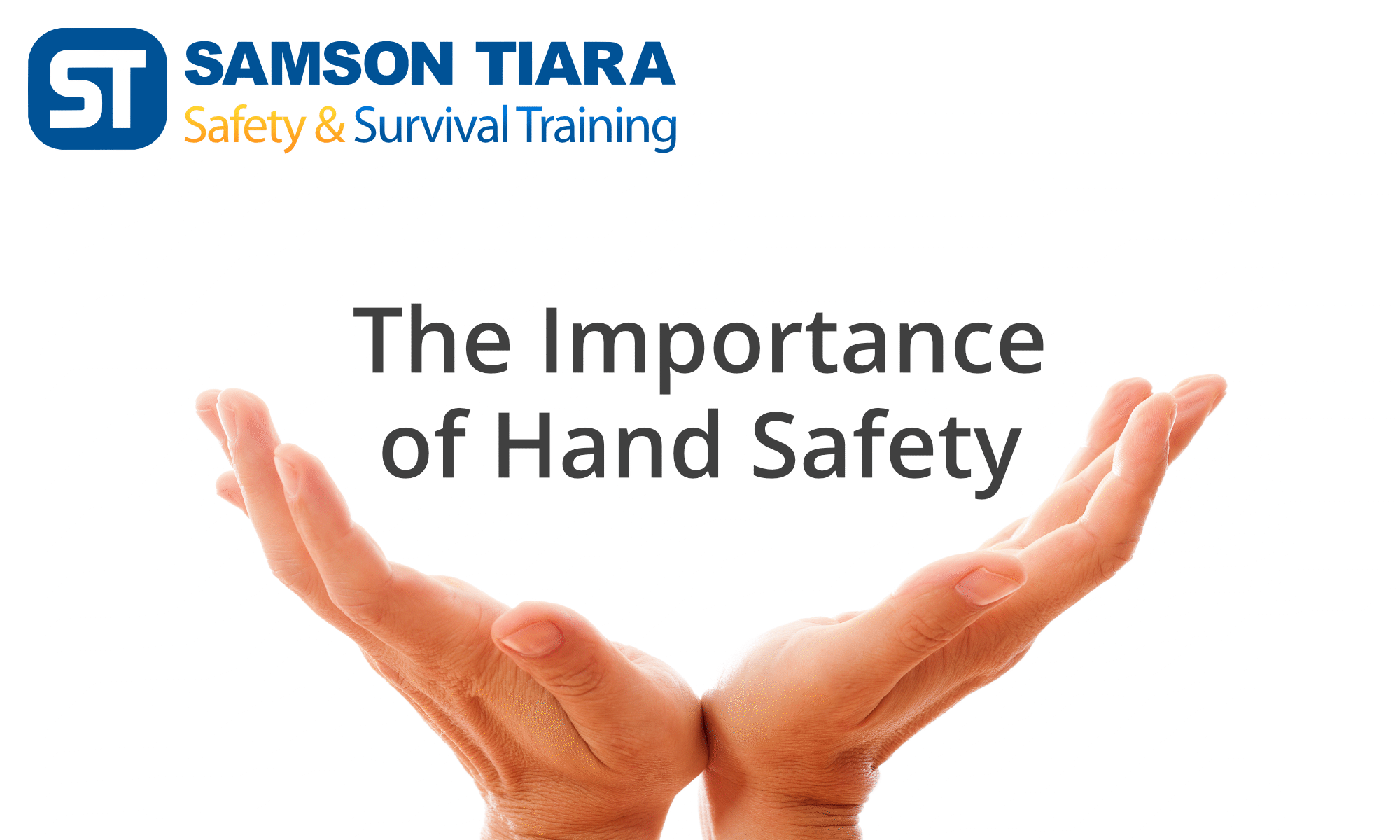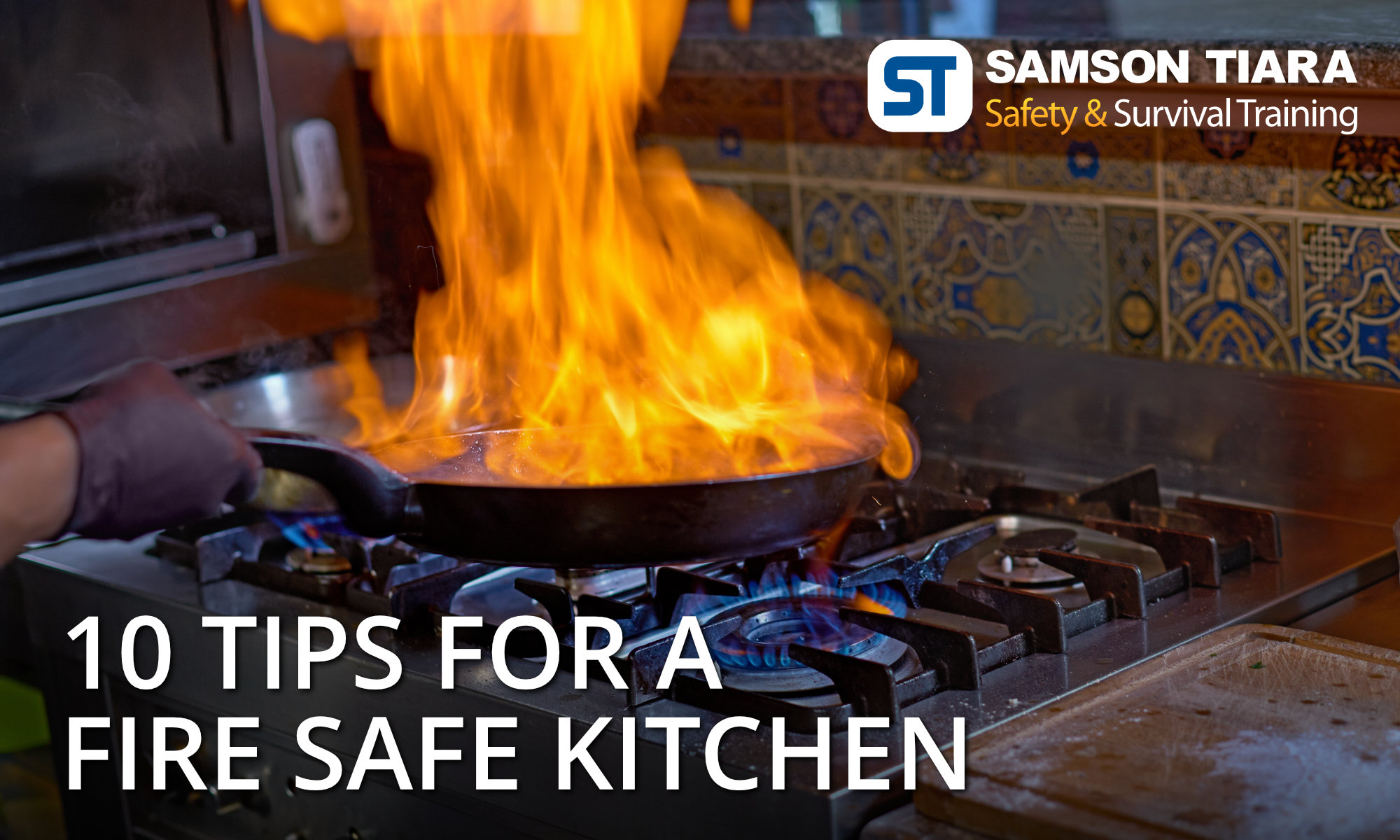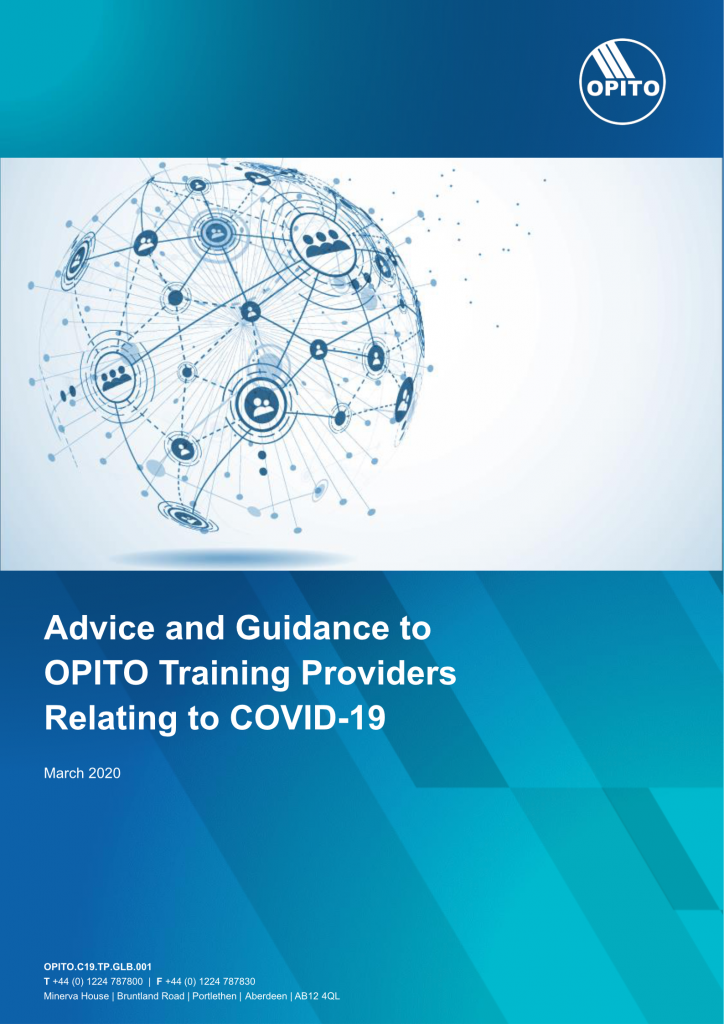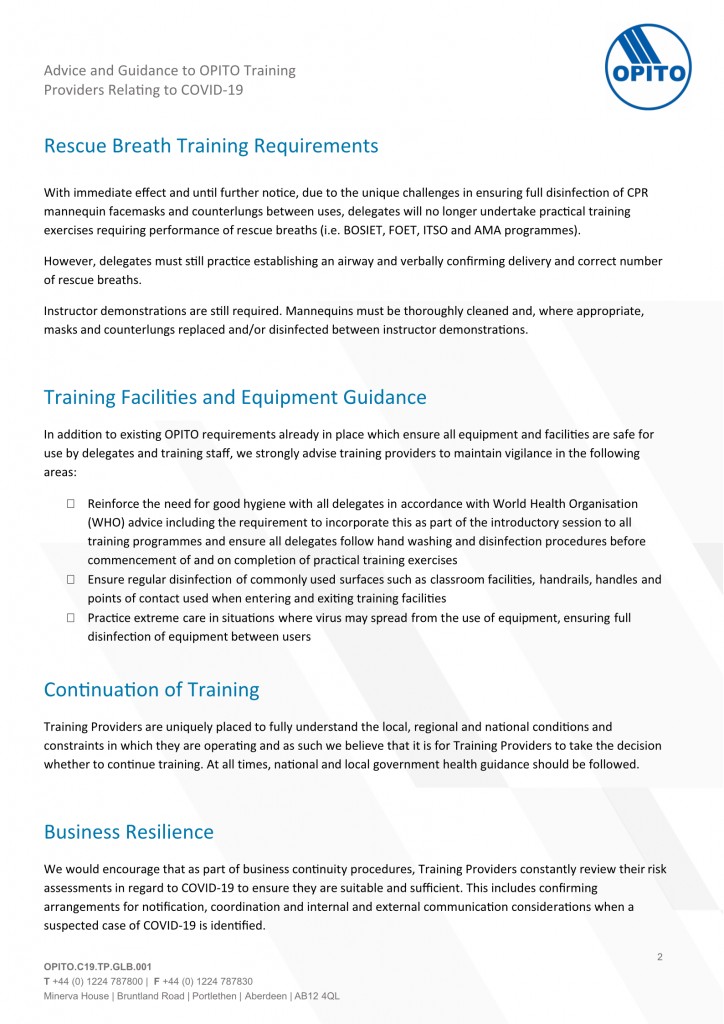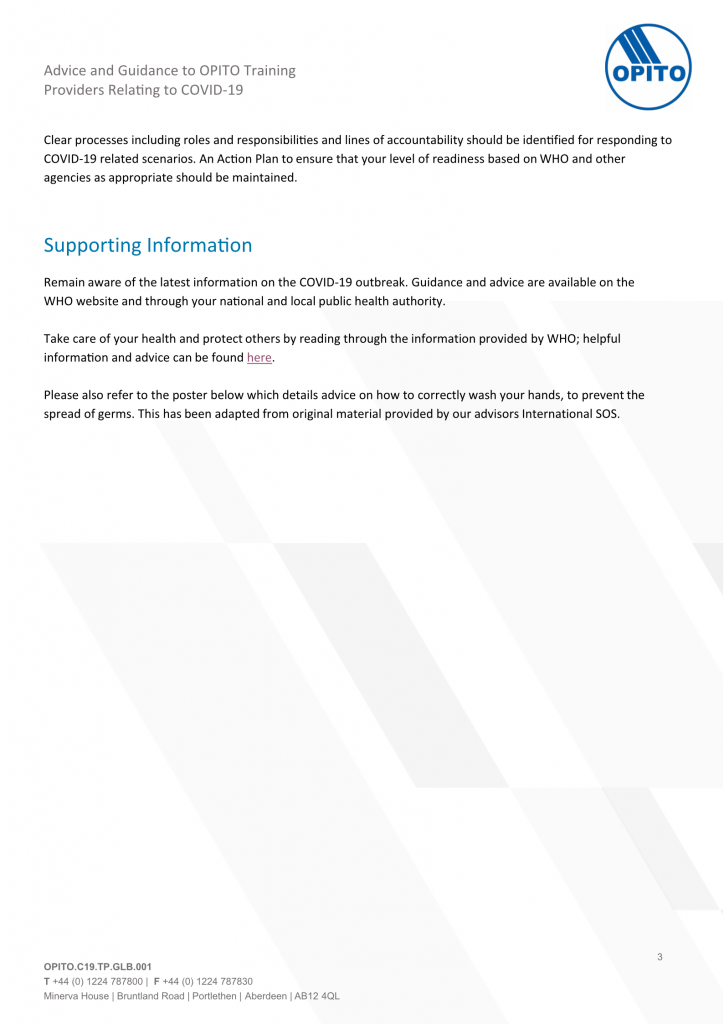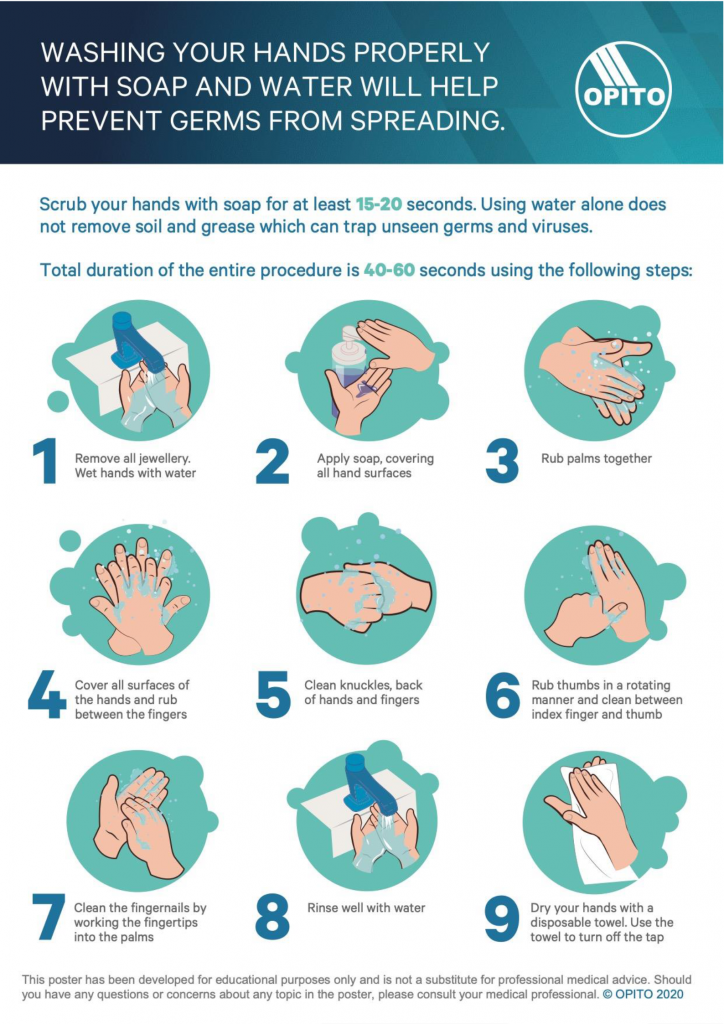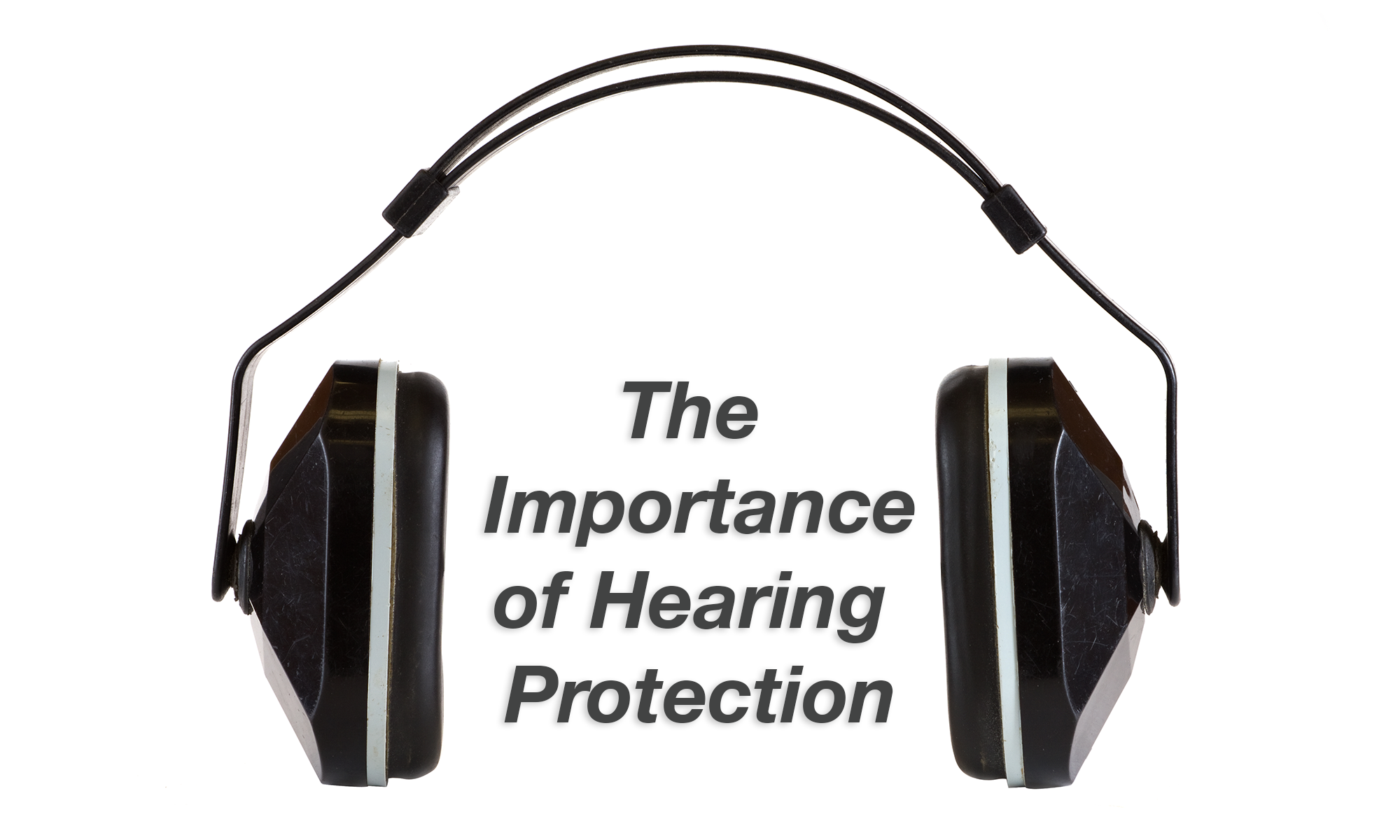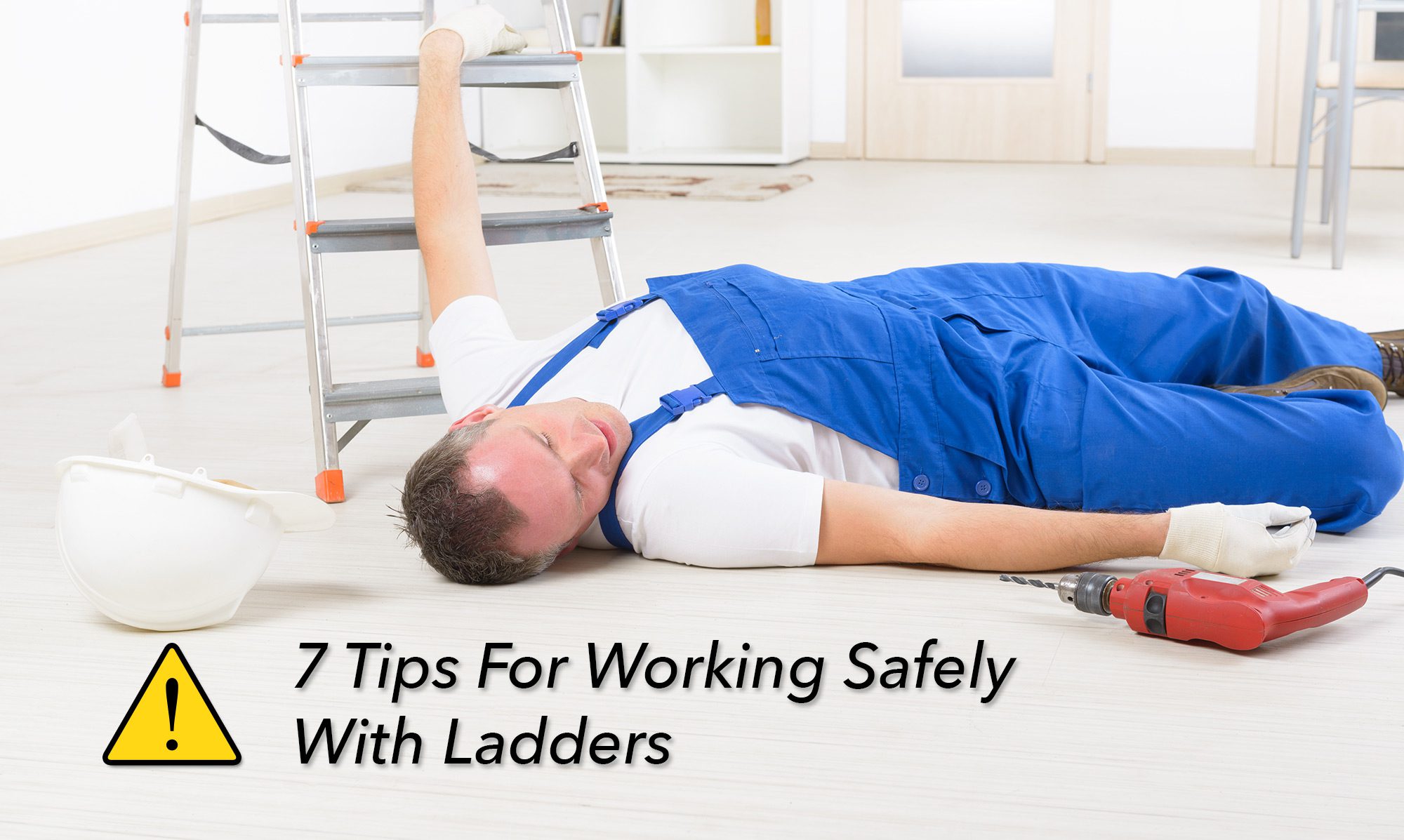Accidents in the workplace can have devastating effects, from serious injury to employees, damage or total loss of equipment, and lost productivity and earning potential.
Workplace Safety Training is one of the most important ways companies can minimise the risk of workplace accidents. Training employees about workplace safety, how to identify hazards, how to mitigate hazards, and how to react and respond in case of an accident can greatly reduce both the risk of accidents occurring and their potential severity.
Samson Tiara provides a range of safety courses to help improve the competency and safety awareness of your workforce. Most of our courses can be delivered in your own workplace in surroundings your workforce are familiar with or at our award winning training centre. To further aid our customers during the COVID-19 period we can also deliver the theoretical elements of most courses online to minimise face-to-face contact. Continue reading “Workplace Safety Training”


